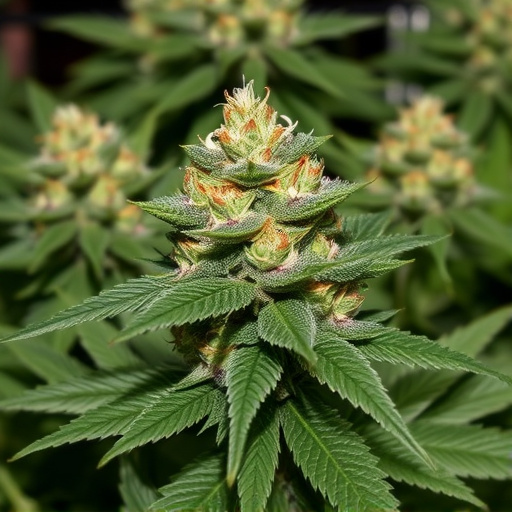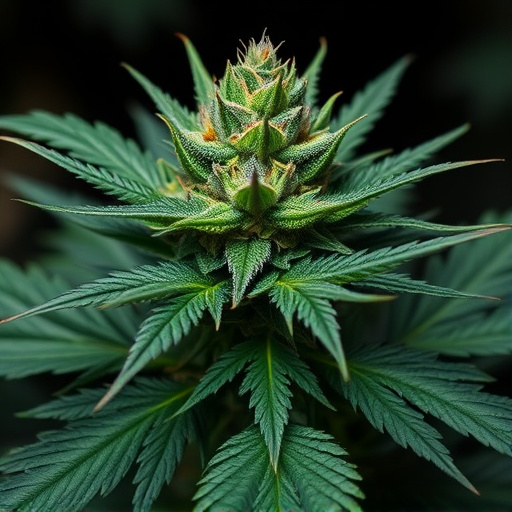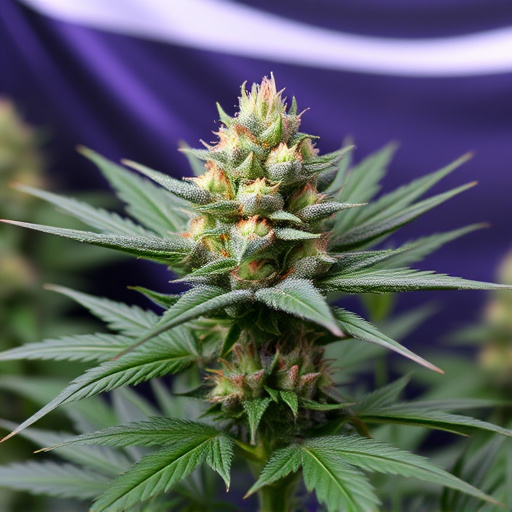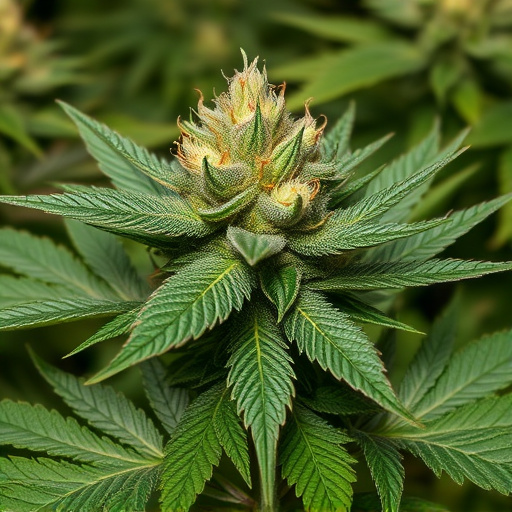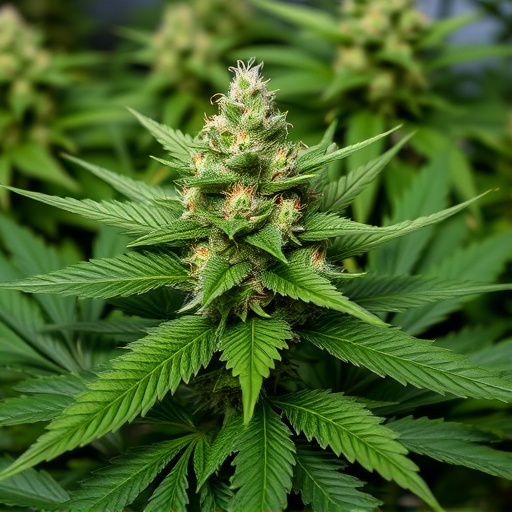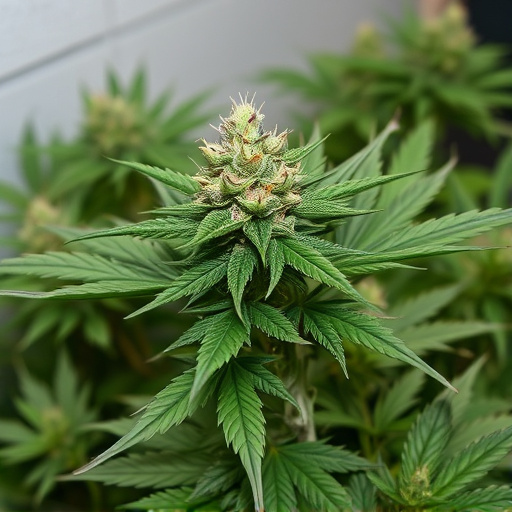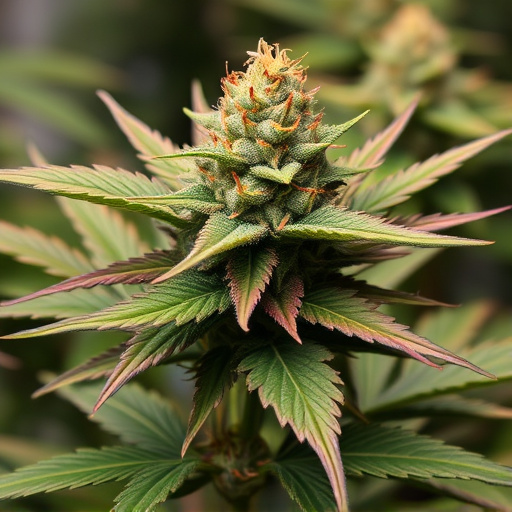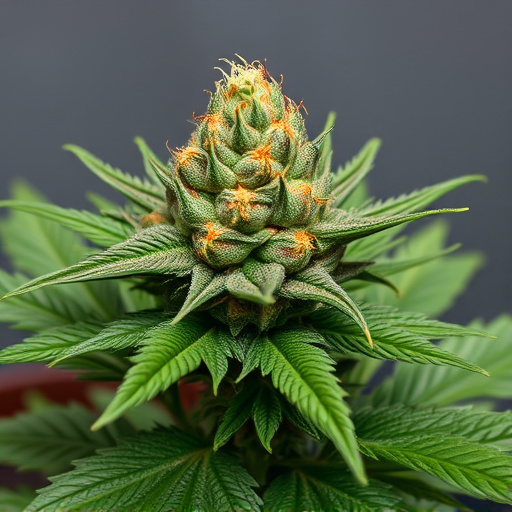Cannabis metabolism varies greatly among individuals, influenced by tolerance, weight, frequency of use, and metabolism. THC's half-life is around 30 hours but can be shorter for regular users or those with higher tolerance. OG Indica strains, known for their potent THC content and terpene profiles, may have faster elimination times compared to other cannabis varieties. Detectability can vary based on strain type, consumption frequency, metabolism, age, BMI, health, and consumption method; edibles may take longer to detect than smoking or vaping. OG Indica users typically pass urinalysis drug tests between 3 to 7 days after consumption, though some reports suggest longer retention times. Understanding these factors is essential for planning and addressing potential implications for drug screening tests or personal privacy concerns.
Discover how long cannabis flowers can stay detectable in your system. This article explores cannabis metabolism and elimination timelines, breaking down factors influencing retention times, including the impact of OG Indica strains. Learn about the science behind THC detection and understand why specific strains may affect how long cannabis remains in your body.
- Cannabis Metabolism and Elimination Timeframes
- Factors Influencing Cannabinoid Detection Windows
- Understanding the Impact of OG Indica Strains on Retention Times
Cannabis Metabolism and Elimination Timeframes
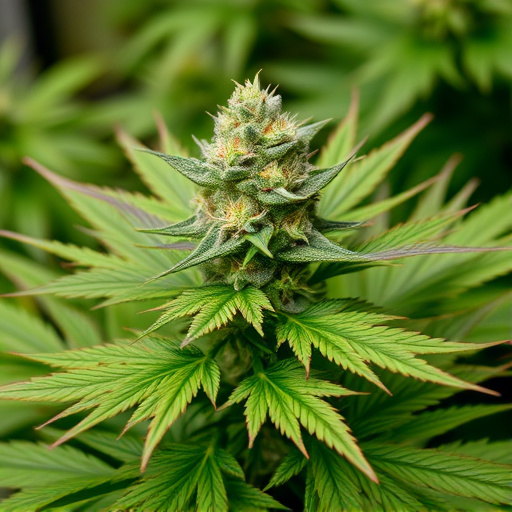
Cannabis metabolism and elimination times can vary greatly among individuals, influenced by factors like tolerance, weight, frequency of use, and metabolism. On average, THC (the primary psychoactive compound in cannabis) has a half-life of approximately 30 hours in the body. This means that after 30 hours, only half of the THC is left in your system. However, for regular users or those with higher tolerance, this timeframe can be significantly reduced.
The duration cannabis remains detectable also depends on the type of cannabis consumed. OG Indica strains, known for their potent effects and rich terpene profiles, may have faster elimination times due to their high THC content. Regular consumption or heavy use can result in THC being present in the body for shorter periods, while occasional users might test positive for longer, up to several days after consumption.
Factors Influencing Cannabinoid Detection Windows
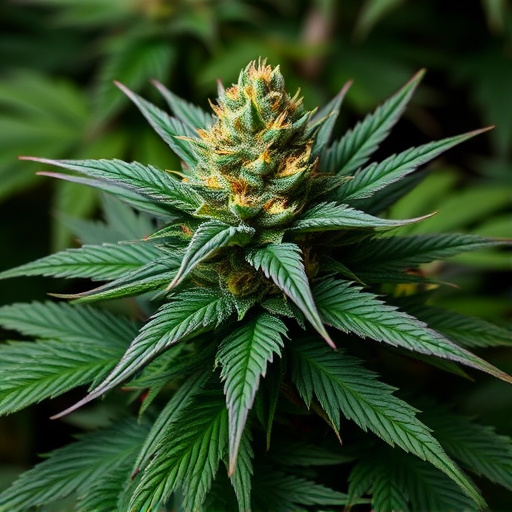
The duration cannabis remains detectable in your system varies greatly depending on several factors. These include the type of cannabis consumed, frequency of use, metabolism, and individual biology. OG Indica strains, known for their potent effects and higher cannabinoid concentrations, may show up on tests longer than lighter, less potent varieties. Regular users can expect cannabinoids to persist in their system for more extended periods compared to occasional consumers.
Metabolism plays a significant role; faster metabolizers might eliminate cannabinoids quicker while slower metabolizers may retain them for longer. Other factors like age, body mass index (BMI), and overall health also influence detection windows. For instance, younger individuals typically clear substances faster than older adults. Additionally, the method of consumption—smoking, vaping, or edibles—can impact testing results, with edibles potentially leading to longer detection times due to slower absorption rates.
Understanding the Impact of OG Indica Strains on Retention Times
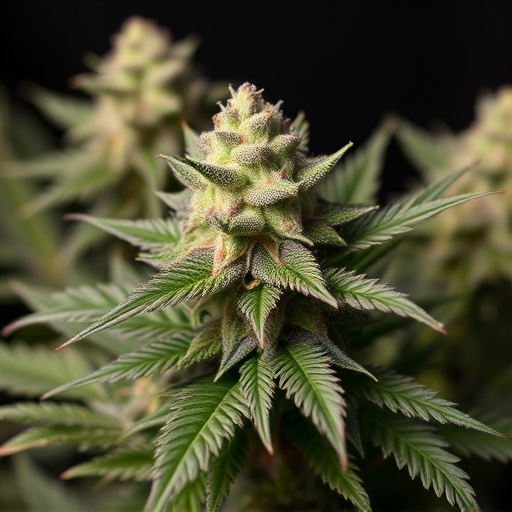
Original Genetics (OG) Indica strains are renowned for their potent effects and unique properties, which also extend to how long they can remain detectable in a user’s system. These strains, with their rich heritage and specific genetic makeup, often have longer retention times compared to other varieties. The dense, sticky buds characteristic of OG Indicas contain higher concentrations of cannabinoids like THC, leading to more pronounced psychoactive experiences. This increased potency also means that traces of the substance can linger in the body for extended periods.
The exact duration cannabis remains detectable varies based on factors such as metabolism, frequency of use, and the method of consumption. However, OG Indica users should expect to pass urinalysis drug tests anywhere from 3 to 7 days after consumption, with some reports suggesting even longer retention times. This is because these strains tend to bind more strongly to our cell receptors, leading to slower metabolism and excretion. Understanding these factors can help individuals plan accordingly, ensuring they are aware of the potential implications for drug-screening tests or personal privacy concerns.
In conclusion, understanding how long cannabis flowers stay in your system is essential for responsible use and informed decision-making. The metabolism and elimination times of cannabinoids vary based on individual factors, with OG Indica strains potentially influencing retention periods due to their unique chemical composition. By recognizing these variables, users can navigate detection windows more effectively, ensuring a safe and enjoyable experience.

